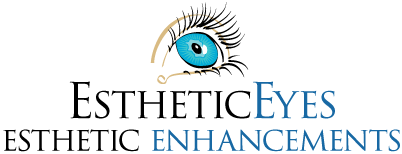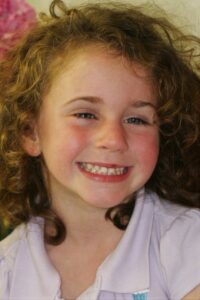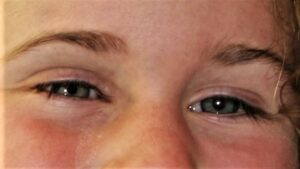What is Retinoblastoma?
The retina consists of specialized cells in the back of the eye responsible for detecting light, signaling this response to the optic nerve and to the brain producing vision. During the early stages of development in the womb, cells called retinoblasts in the retina rapidly divide and spread into a cancerous tumor known as retinoblastoma. Retinoblastoma generally affects children under the age of 6. It is most commonly diagnosed in children ages 1-2 years old.
To successfully treat retinoblastoma in children it is important to recognize early signs of detecting cancer. If retinoblastoma is detected early, radiopaque therapy may save the natural eye. The natural eye will shrink in size and may be fitted with a thin sclera shell prosthesis. The sooner retinoblastoma is detected in children, the sooner chances of the tumor spreading to the other eye or other body parts decrease.
A pediatric ophthalmologist confirms the diagnosis. The parents notice a white or amber glow in the child’s pupil and this eye necessitates enucleation or removal of the eye before it spreads to the other eye. At times, advanced chemotherapy and radiation are added to prevent cancerous cells from spreading to other parts of the body.
Following 6-8 weeks post tumor removal, the child is ready to see a board certified Ocularist specialist who replaces the eye with a prosthesis so the child can resume living a normal lifestyle.
For over 5 decades we have been making the worlds best artificial eye, enabling children to look normal and go about their daily activities confidently wearing a thin scleral shell prosthesis (following radiopaque therapy), a prosthetic eye following enucleation, or complete eye removal. Children can run, jump and swim without restrictions.
Please click HERE to enjoy a short video pertaining to an interview from AAO 2017 (American Academy of Ophthalmology), where Dr. Jesse Berry discusses her groundbreaking study showing that genetic analysis of a retinoblastoma tumor can be performed using a sample of aqueous humor. The approach represents a paradigm shift, as it permits subtyping of the tumor before removing the eye. Her research, which won Best Paper in Ocular Oncology during AAO 2017, may facilitate targeted therapy to the type of tumor and better outcomes for children with retinoblastoma.



